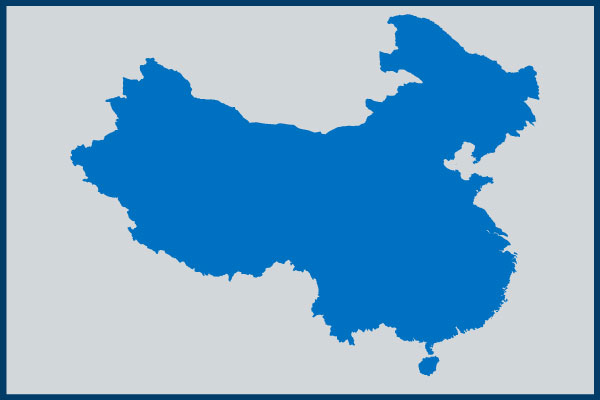
2024 Annual Forecast : China
|
|
By: George Friedman, Geopolitical Futures
Forecasting national behavior is built on continuums. One continuum is a nation’s history. Another is our analytic method. Simply looking at nations will not provide a systematic forecast. The method, no matter how tested in the past, cannot produce one. Only a grasp of history, filtered through a forecasting method tested consistently and repeatedly, will yield a realistic forecast. We don’t look at a nation’s every issue; we focus on the issues that reveal patterns and indicate change. Thus, our forecasts will look at the past before they look at the future.
A Cycle Unfolds
China's central change has long been economic. The country has been impoverished by wars, internal instability and the need to appear to be a great power. For much of its modern history, the Chinese economy remained weak. This shifted around 1982.
There is a cycle to the emergence of major global economies lasting roughly 40 years. It was first seen in the emergence of the United States. Following the U.S. Civil War, the United States was economically shattered. By about 1890, the U.S. began focusing on securing investment from and, even more important, exporting to Europe. By 1910, the United States was producing and selling about half of the world’s manufactured products and exporting them primarily to Europe. This process was broken by about 1929, resulting in the Great Depression. World War I had cracked the foundation of the European economy, and by the mid-1920s, Europe could no longer absorb American production. Forty years after the American surge began, the U.S. economy went into crisis.
A similar process can be seen in post-World War II Japan. Smashed by World War II, the Japanese economy began to recover by focusing on manufactured goods, which were exported primarily to the United States. About 40 years later, U.S. businesses and the economy, overwhelmed by Japanese products, generated political barriers to Japanese goods. The Japanese economy staggered and around 1990 went into a deep recession, which many call the Lost Decade.
China has undergone a similar process. In the early 1980s, the regime shifted the Chinese economy from producing for the domestic market to manufacturing exports, primarily for the U.S. but also for other nations. China sought foreign investment as well. As the American economy and then the Japanese economy appeared unbeatable, China appeared to have taken their place. China was the power exporter and investment target for several decades and appeared to be about to dominate the world. As in the other examples, this process generated economic limits, as well as political ones. The cities and the provinces along the coast got rich, while the poorer, underdeveloped interior regions got left behind. The economy began to weaken in 2020, and by 2022, that weakening accelerated dramatically. As with the other cases, China’s system faced economic and political barriers, and roughly 40 years after it began its rise, the Chinese economy went into failure mode.
It's important to note that in the other two cases, the economic process was closely linked to war. The U.S. went into economic crisis because of the Civil War, had a growth period, and then went into economic crisis as a result of World War I and did not recover until World War II. Japan went into crisis because of World War II and began its transition to recovery during the Korean War when U.S. investment and demand for supplies were critical factors. China did go into economic failure due to World War II and Japanese occupation, but its emergence in the 1980s was not linked to war.
Forecast and Conclusions
We see the Chinese economy slowly emerging from its slump in the year ahead. But China still faces internal tensions within both the population and the regime. The country's economic problems, when viewed closely rather than from the standpoint of models, have created significant instability. All of China’s regions require investment, but the government lacks the resources to invest everywhere, which results in unemployment and business failures. This generates unhappiness in the population and attempts by the government to repress the frustration. We have already seen examples of this in China, and we expect it to continue or accelerate in 2024 with increasingly repressive measures.
The same sort of instability will exist in the regime. We have already seen significant shifts in the government. The president is seeking to build a structure filled with loyalists. He is also seeking highly capable personnel able to develop the country. Many countries around the world seek similar capabilities, but this condition presents a paradox. Loyalty and competence are frequently contradictory. As a result, we would expect personnel shifts to accelerate in 2024.
We do not see military action against the United States in the year ahead, for the same reason that China has bluffed but avoided war in previous years. Any large-scale military operation would have to depend on naval action, and any naval action against the United States means facing large numbers of anti-ship weapons launched not only from the sea but also from bases with multiple layers of defense. The Chinese cannot risk a defeat as it would delegitimize the government. Given the quality of U.S. space-based intelligence and multiple layers of defense and attack, a Chinese victory would be far from certain, and the risk of defeat makes war initiation politically dangerous.
Therefore the major events of 2024 for China will be some degree of economic recovery and managing the unrest. The economy should be steady, and while it may grow in 2024, it will be nothing like it was in the previous growth period.
|


